Canadian Film & Television
Many Canadian actors, writers and directors have established a considerable presence in the American movie and television business since the very beginning.
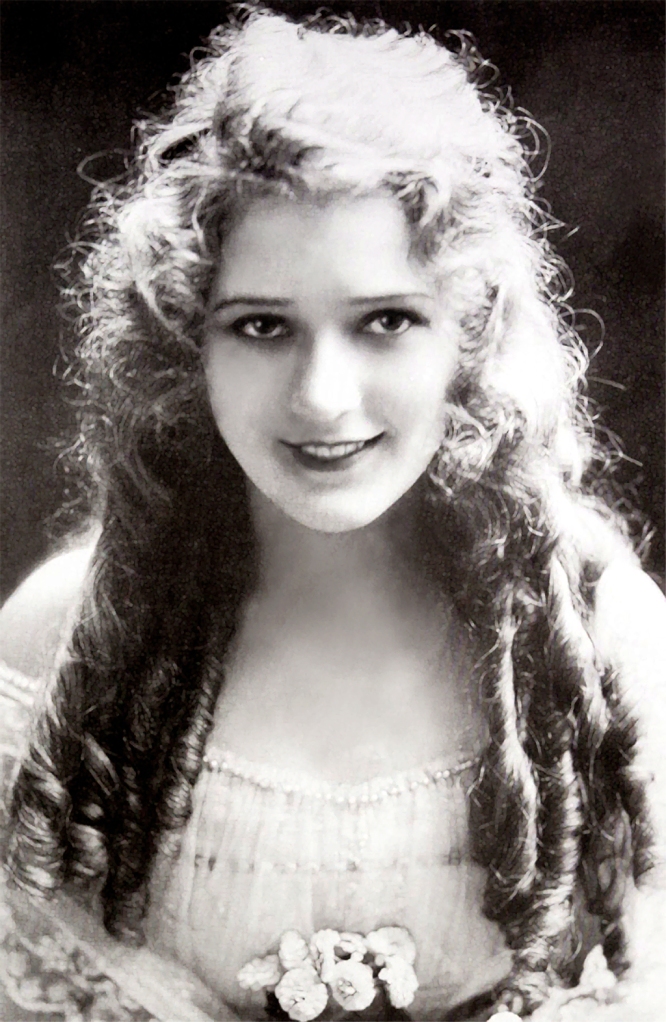
Talented Canadians have been migrating to Hollywood to make movies for as long as there have been movies. Naturally. If you wanted to be in pictures, that’s where you had to go.
They called her “America’s Sweetheart,” for her movie acting, but she was also a hard headed business woman who was producing her own films early on, going on to co-found United to ensure she maintained her autonomy. Toronto born Mary Pickford, was actually a Canadian girl.
Over time things have changed and today films are made all over the world.
International Acclaim
The National Film Board of Canada became a world leader in documentary film making. NFB documentaries and short films have won many Oscars over the years.
The Sheridan College Animation Program offered at the Oakville, Ontario Campus has long been considered one of the best animation schools in the world – and in fact the prime source of Disney animators. Home grown animation companies like Toronto’s Nelvana produce and export a large proportion of children’s programming globally.
The innovative IMAX film system, now available around the world, was created and developed by the Canadian IMAX Corporation.
On the Home Front
It has traditionally been difficult for Canadian movies and television programming to compete with American fare. Partly because so much Canadian talent has flowed south of the border, but Cancon rules have made it worse by engendering a lack of confidence in Canadian productions .
Initially the fledgling Canadian movie and TV industry was behind in technical expertise. Remember how 1970’s Canadian television programming and films were conspicuous because of the tinny sound? But by the 1980’s the Canadian film and television industry was undergoing change. Thanks in part to the exchange rate which kept the Canadian dollar lower than the American dollar, budget conscious American productions began flowing north across the border.
Today the world acknowledges Canada as the new Hollywood North, boasting a qualified film & TV workforce and decent production facilities. No less a personage than The Terminator er California Governor Arnold Schwarzenegger has vowed to fight to keep American productions out of Canada (and coincidentally in California).
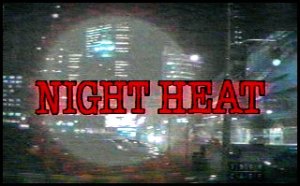
Although it was a successful prime time Canadian Television series, Night Heat was actually a Canadian/American co-production. Great care was taken to place the series in an unspecified North American city in an attempt to make the series acceptable in both countries. In fact, the only North American City that Night Heat could not have taken place in was Toronto, since in one episode the heroes travel to Toronto for a CN Tower chase scene. Of course in reality Toronto was where the series was actually made.
Economically the Canadian film industry may be holding its own, but that isn’t the biggest problem. Although American driven Canadian productions may employ Canadians they are American productions creating American culture. Even when working on Canadian soil it seems Canadians contribute to American culture.

Due South was a CBS/CTV co-production. Paul Gross played the incredibly principled Mountie Constable Benton Fraser stationed in Chicago in this dramatic series with a decidedly humorous bent.
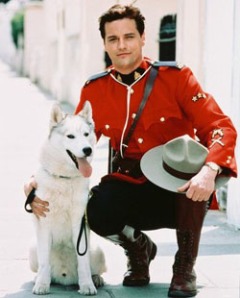
Due South was set in Chicago, and Fraser frequently wears the distinctive RCMP red serge uniform in the series, where he works with Chicago police detective Ray Vecchio. Although Fraser and his pet wolf Diefenbaker are usually the only nominal Canadian in the show, there is never any question that Fraser is the hero of the piece.
Although American audiences liked the show, CBS decided to pull out. But because it was a big hit in Canada and abroad financing was found to keep it running for a few more years.
The original Due South story editor, David Shore, went on to create the wildly successful American series House M.D.
Due South series creator Paul Haggis went on to win Oscars for writing and directing the 2004 film Crash.

I wrote a bit about the Canadian talent-drain in copycon: the continuing saga.
As with musicians, Wikipedia also has a Wikipedia: List of Canadian Actors.
But it isn’t just actors, there are a great many successful Canadians working behind the scenes in Hollywood as well.
Writers and Directors are just as likely to head for Hollywood as actors are. Naturally there are also lists of Wikipedia: List of Canadian Writers and a Wikipedia: List of Canadian Directors.
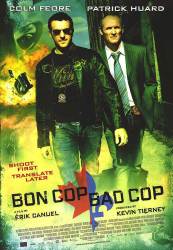
Why do so many talented Canadians flock to the States?
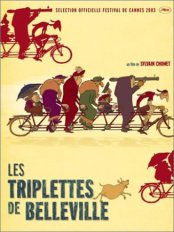
Quebec has long had a rich Francophone dramatic film and television tradition precisely because of its distinct language and culture.
This most probably accounts for the fact that many of the best Canadian feature films like The Triplets of Belleville, Bon Cop Bad Cop and Maurice Richard [English Title: The Rocket] and Polytechnique have come out of Quebec.
Quest for Fire, an excellent film set before language as we know it existed was made in Canada.
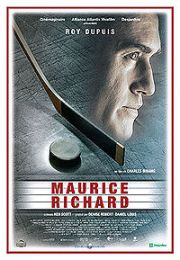
Canadian director Ivan Reitman’s hit film Meatballs was his last Canadian feature before disappearing into Hollywood to make movies like Ghostbusters, Legal Eagles and Twins. Sometimes Canadians get pretty good English language feature films, like Passchendaele, or Nurse.Fighter.Boy.
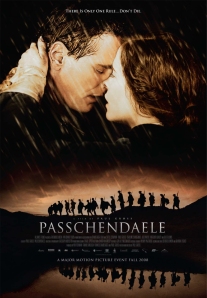
An interesting Canadian film I’m looking forward to seeing is Before Tomorrow, the first feature film made by the Women’s Inuit film Collective Arnait Video Productions. I was very impressed with the trailer on the Genie Award site
Canada is sadly in the position of having a single first run movie theatre distribution network for the whole of Canada. Which means there is no competition at all. It’s a monopoly. When a popular Canadian movie like Passchendaele or Bon Cop Bad Cop is released, there is little chance of becoming a blockbuster because these films don’t get the opportunity. Their Canadian theatrical runs are very short.
Interestingly enough, there are no “Cancon” regulations for movie theatres. Particularly since we’re down to a monopoly, wouldn’t this be the perfect place to insist on Canadian content?

Canadian television has been producing increasingly good television fare. Like the CBC mini-series The Arrow. Series like Slings and Arrows which has inspired a Brazillian version, Less Than Kind and 18 to Life.
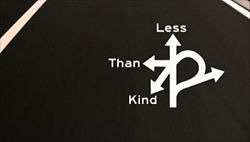
Canadians are capable of creating good movies and television. Why has there been so little of it?
How much of the problem comes down to perception. In spite of all of this evidence to the contrary, Canadians don’t think Canadian television or movies are generally very good. After all, if Canadian film and television was good, there wouldn’t be any need for Canadian Content regulations.

This perception first makes it hard to raise the money needed to create television or movies, and again to distribute them.
The advent of the Internet has opened up new distribution venues for Canadian film and video. This can only bode well for Canadian Culture.
Great Canadian TV Series: Less Than Kind
A Canadian Movie I really want to see: Nurse.Fighter.Boy.
[Novel permitting, I hope to publish the conclusion of this article Why CanCon Hurts Canadian Culture [part 3] next week.]
Back to Why CanCon Hurts Canadian Culture [part 1]![]()
Forward to Why CanCon Hurts Canadian Culture [part 3]![]()
Image Credits:
Mary Pickford photo in the public domain, original made available from Library and Archives Canada: Celebrating Women’s Achievements Mary Pickford photo © Public Domain


